Maintaining clean and hygienic enclosures for exotic pets is crucial for their health and well-being. Unlike traditional pets, exotic animals often have specific environmental needs that demand specialized cleaning approaches. From reptiles to amphibians, birds to small mammals, each exotic pet requires tailored care when it comes to habitat maintenance. This comprehensive guide will walk you through effective cleaning routines for various exotic pet enclosures, highlighting best practices, recommended cleaning agents, frequency guidelines, and health considerations. By following these expert recommendations, you’ll create a safe, clean living space that allows your unique companion to thrive.
Understanding the Importance of Clean Exotic Pet Habitats

Proper enclosure hygiene directly impacts your exotic pet’s overall health and longevity. Unlike domestic pets that might roam throughout your home, exotic animals typically spend their entire lives within their designated habitats, making cleanliness particularly critical. A dirty enclosure can quickly harbor harmful bacteria, parasites, and fungi that lead to serious health issues including respiratory infections, skin conditions, digestive problems, and stress-related illnesses. Additionally, many exotic pets are especially sensitive to their environment, with some species having compromised immune systems that make them more vulnerable to pathogens. Regular cleaning not only prevents disease but also allows you to monitor your pet’s health through their waste patterns, shedding habits, and overall behavior changes.
Establishing a Cleaning Schedule Based on Species
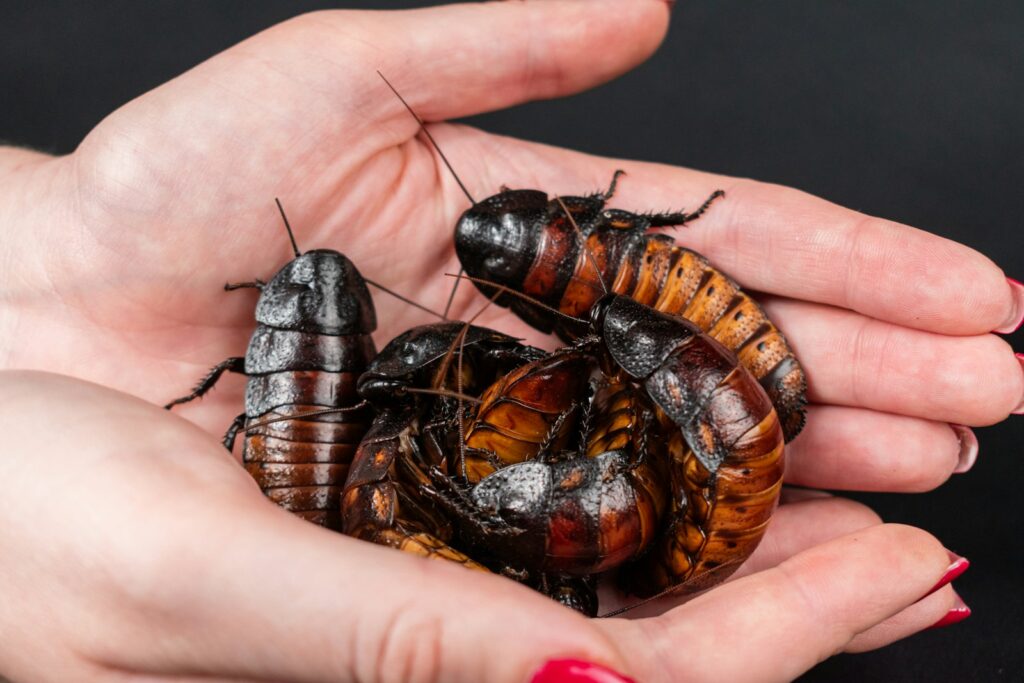
Different exotic pets require varying cleaning frequencies based on their natural behaviors and physiological needs. Reptiles with high-moisture environments, such as certain frog species or aquatic turtles, typically need more frequent cleaning—sometimes even daily partial maintenance—to prevent bacterial growth and ammonia buildup. Desert-dwelling reptiles like bearded dragons or leopard geckos may require full habitat cleaning every 2-4 weeks, with spot cleaning performed daily. Small exotic mammals including sugar gliders, hedgehogs, or fennec foxes generally need weekly bedding changes and daily waste removal due to their higher metabolism and waste production. Birds require daily cleaning of food and water dishes, with weekly deep cleaning of cage components. The key is understanding your specific pet’s habits and adjusting your cleaning schedule accordingly, always balancing cleanliness with minimal stress to the animal.
Essential Cleaning Supplies for Exotic Enclosures
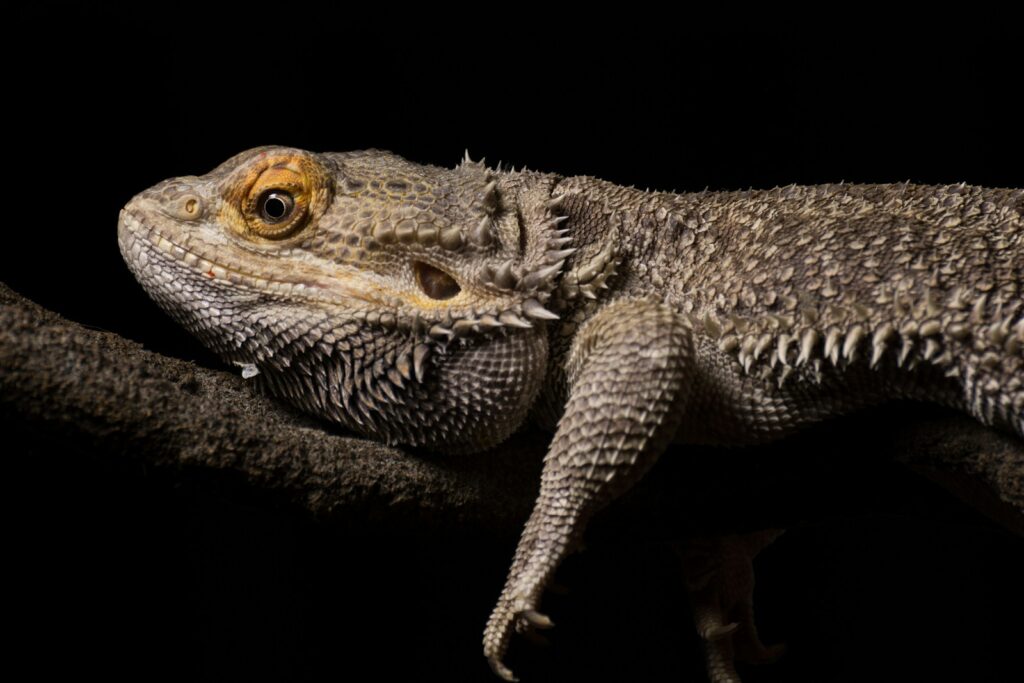
Having the right tools on hand makes maintaining exotic pet enclosures significantly easier and more effective. Essential supplies include dedicated brushes of various sizes for scrubbing different habitat features, non-abrasive sponges for delicate surfaces, spray bottles for applying cleaning solutions, protective gloves to prevent contamination and protect your skin, and paper towels or microfiber cloths for drying. For substrate removal, invest in small dustpans, scoops, or even aquarium vacuum systems for appropriate habitats. A quality disinfectant specifically formulated for exotic pet environments is crucial—avoid products containing phenols, pine oils, or strong fragrances that can harm sensitive animals. Many experienced exotic pet owners maintain separate cleaning tools for each animal’s habitat to prevent cross-contamination between different species or enclosures, particularly important if you maintain multiple exotic pets.
Safe Disinfectants for Reptile and Amphibian Habitats
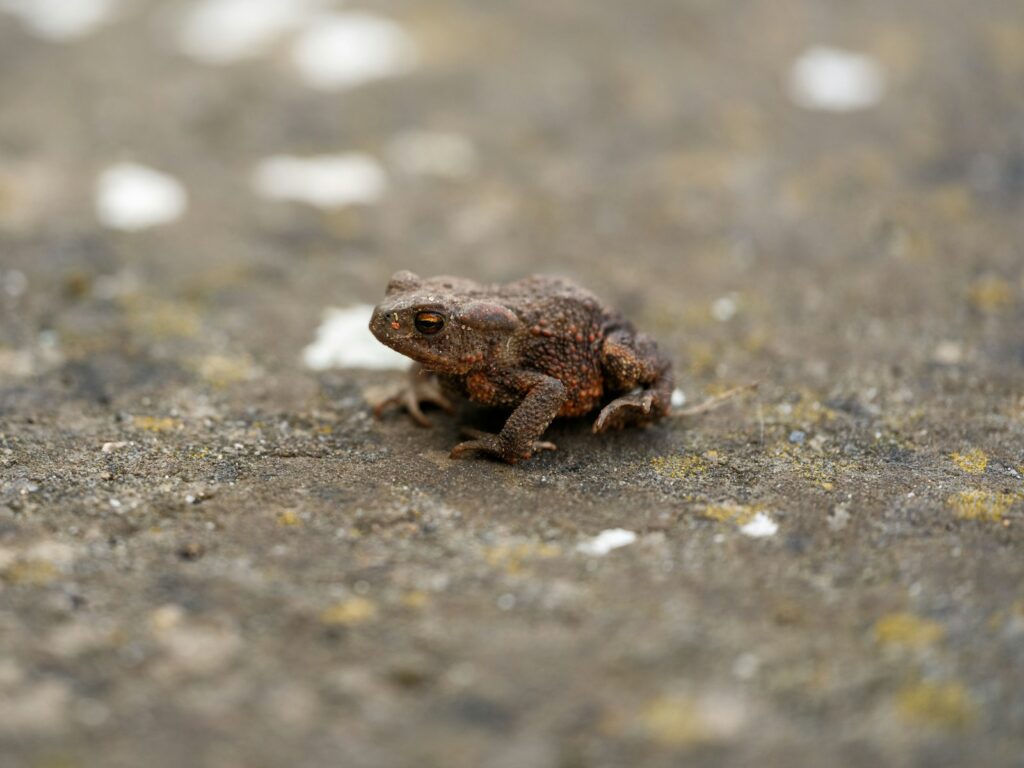
Choosing the right disinfectant for reptile and amphibian enclosures requires careful consideration of both effectiveness against pathogens and safety for sensitive animals. Veterinarian-recommended options include diluted chlorhexidine solutions (typically at a 1:32 ratio), which provide excellent antimicrobial properties without the harsh residues that can harm reptiles and amphibians. For regular maintenance, a 3% hydrogen peroxide solution works well for killing bacteria and fungi without leaving harmful residues when properly rinsed. More stubborn contamination might require specialized products like F10SC or Rescue (formerly Accel), which are highly effective against resistant pathogens including bacteria, viruses, and fungi that commonly affect herptiles. Always avoid ammonia-based products, bleach solutions stronger than 5% sodium hypochlorite diluted 1:10 with water, pine-scented cleaners, or any products containing phenols, as these can cause serious respiratory distress or even death in reptiles and amphibians, particularly those with permeable skin.
Cleaning Techniques for Bird Cages and Aviaries
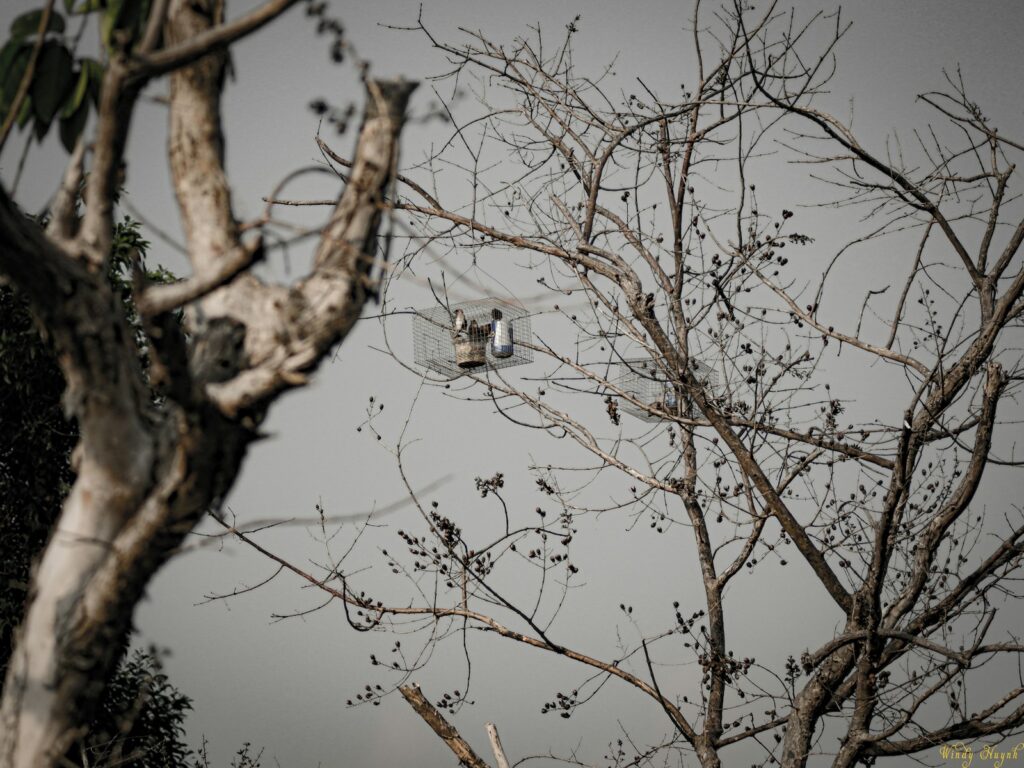
Bird enclosures require special attention due to birds’ sensitive respiratory systems and the unique challenges of cleaning around perches, toys, and feeding stations. Begin by transferring your bird to a secure temporary cage, then completely remove all accessories, perches, and substrate for individual cleaning. Scrub the cage bars, grates, and surfaces with hot, soapy water made with mild, unscented dish soap, paying special attention to corners where droppings often accumulate. For stubborn stains or buildup, a paste made from baking soda and water can be effective without introducing harsh chemicals. After thorough rinsing, you can safely disinfect with diluted white vinegar (1:1 with water) or a bird-safe commercial disinfectant, being certain to rinse completely afterward and dry thoroughly before reassembling. Wooden perches may need occasional light sanding to remove buildup, while fabric items should be machine washed separately from household laundry in hypoallergenic detergent free of softeners or perfumes.
Managing Substrate in Small Exotic Mammal Enclosures

Substrate management forms the foundation of effective cleaning routines for exotic mammals like sugar gliders, hedgehogs, and exotic rodents. Begin by selecting appropriate bedding materials—paper-based products, aspen shavings, or specialized small animal substrates are generally preferred over pine or cedar, which contain harmful aromatic oils. Implement a spot-cleaning routine by removing soiled substrate daily, particularly from designated bathroom areas that many small mammals naturally establish. For deeper maintenance, employ a layered bedding approach by placing several inches of substrate in the enclosure and adding a fresh top layer when spot cleaning, which extends the time between complete bedding changes while maintaining hygiene. When performing a full substrate change, which typically occurs weekly for most small exotic mammals, take the opportunity to disinfect the habitat floor and walls before adding fresh bedding. This systematic approach not only keeps odors at bay but also reduces stress by preserving some familiar scent cues while eliminating waste-contaminated materials.
Deep Cleaning Procedures for Reptile Terrariums
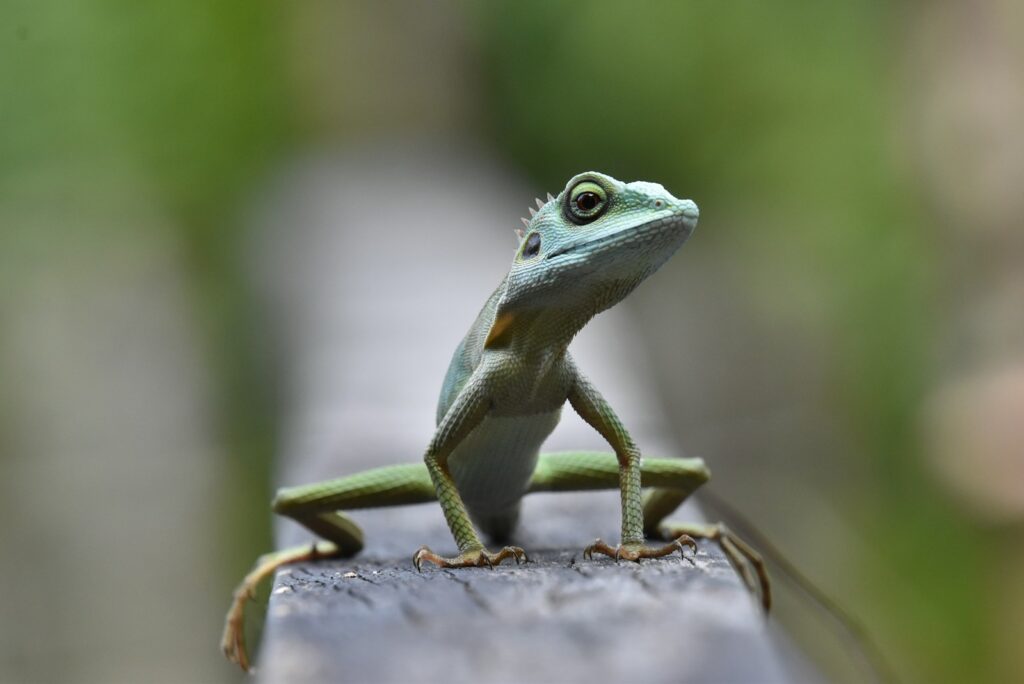
Deep cleaning a reptile terrarium involves systematic disassembly and thorough sanitization of all components to eliminate pathogens while minimizing stress to your pet. Begin by relocating your reptile to a secure temporary enclosure with appropriate temperature and hiding spots. Remove and dispose of all substrate, then disassemble and label decorations, hides, and fixtures for individual cleaning. Hard decorations like rocks and ceramic items can be scrubbed with hot, soapy water, rinsed thoroughly, and then soaked in a reptile-safe disinfectant solution for the manufacturer-recommended contact time (typically 10-15 minutes). Natural wood items require special attention—scrub with hot water, avoid soaking (which can cause deterioration), and consider baking smaller pieces at 250°F for 30 minutes to kill pathogens. The empty enclosure should be washed with hot, soapy water, rinsed completely, then disinfected with an appropriate solution and allowed to air dry completely before reassembly. This process, typically performed monthly for most reptiles, should ideally be scheduled during a period when your reptile is not preparing to shed, breeding, or otherwise stressed.
Cleaning Aquatic and Semi-Aquatic Enclosures
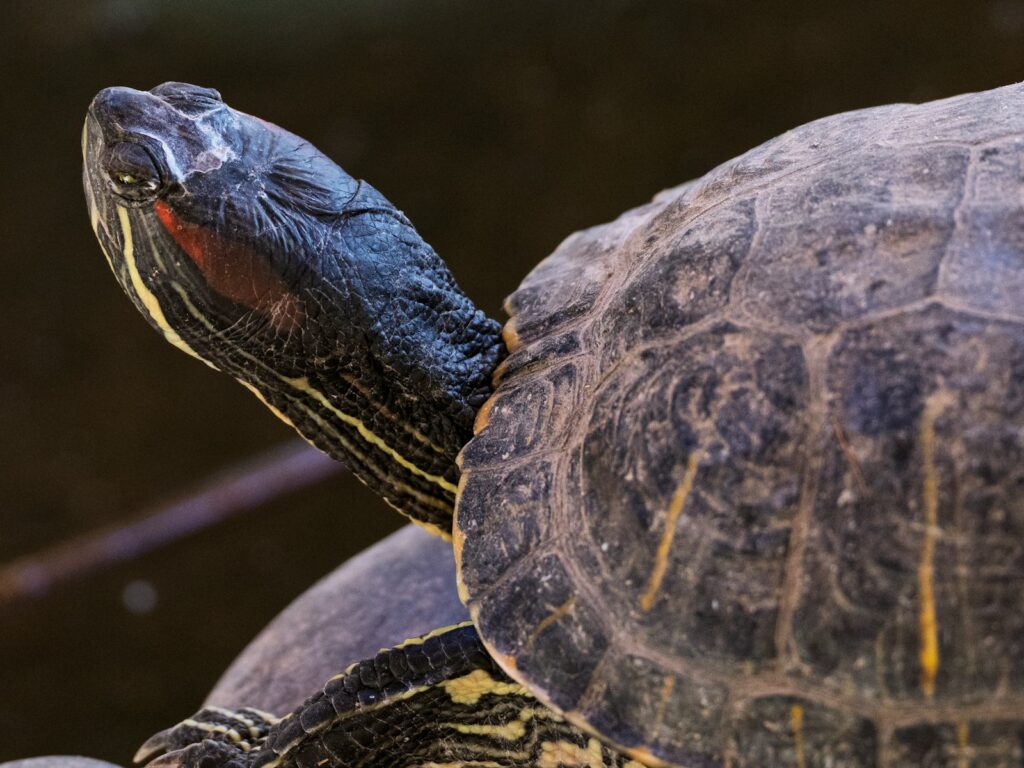
Maintaining clean environments for aquatic and semi-aquatic exotic pets like aquatic turtles, axolotls, or aquatic frogs requires balancing water quality with land area cleanliness. For water sections, invest in a quality filtration system appropriate for your species’ needs and bioload, supplementing with regular partial water changes of 25-30% every 1-2 weeks rather than complete water replacements which disrupt beneficial bacterial colonies. Test water parameters regularly, monitoring ammonia, nitrite, nitrate, pH, and temperature to ensure optimal conditions. Land areas in semi-aquatic setups require daily spot cleaning to remove waste and soiled substrate, with complete substrate replacement every 2-4 weeks depending on enclosure size and animal population. When performing deeper cleaning, scrub underwater surfaces with aquarium-safe brushes to remove algae and biofilm while being careful not to damage beneficial bacteria on filtration media. Always use dechlorinated water for refilling and never clean with soaps or detergents that can leave residues toxic to aquatic species—instead, use dedicated aquarium cleaning tools and hot water for mechanical cleaning.
Addressing Special Cleaning Needs for Arachnids and Insects
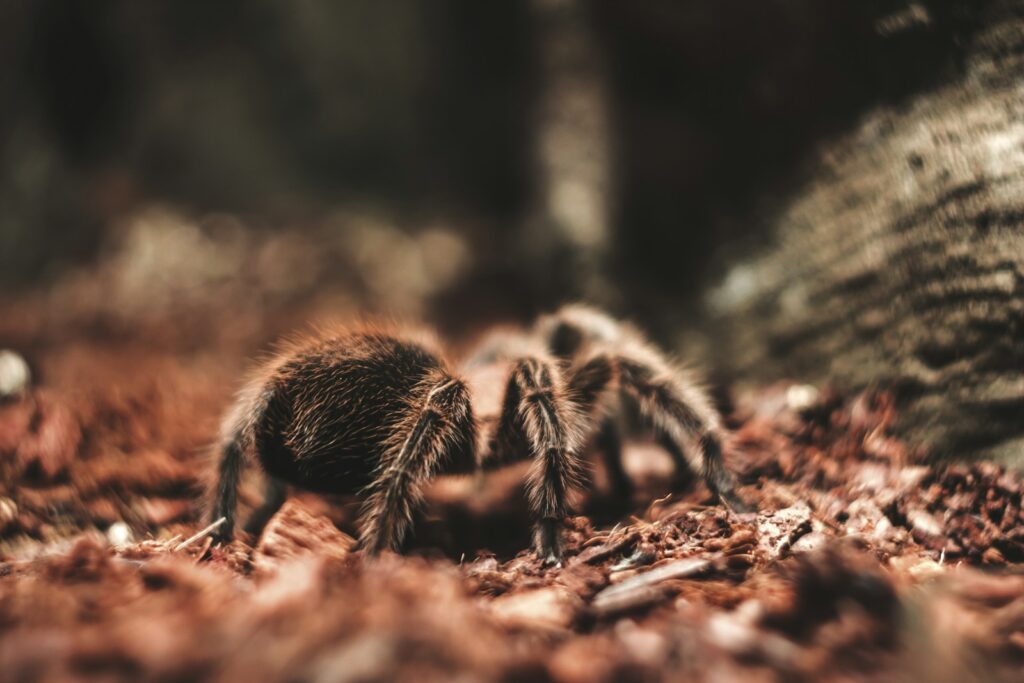
Exotic invertebrates like tarantulas, scorpions, mantids, and stick insects require specialized, minimal-intervention cleaning approaches that respect their sensitivity to environmental disruption. Unlike vertebrate pets, most invertebrates thrive with a “spot clean as needed” approach rather than regular deep cleaning, as they produce minimal waste and often incorporate environmental elements into their behavioral patterns. Remove uneaten prey items promptly (within 24 hours) to prevent decomposition and mold growth, and spot clean any visible waste using long tweezers or specialized substrate scoops. Water dishes should be cleaned and refilled regularly, checking for and removing any drowned prey items. For tarantulas specifically, maintain dry substrate by removing any wet spots from water spillage or prey remains, as excess moisture can promote dangerous mold growth. Complete substrate changes should be performed only when absolutely necessary—typically every 3-6 months for most species—and with extreme care to avoid stressing the animal, particularly with defensive species that might respond aggressively to habitat disturbance.
Handling Waste Safely from Exotic Pets
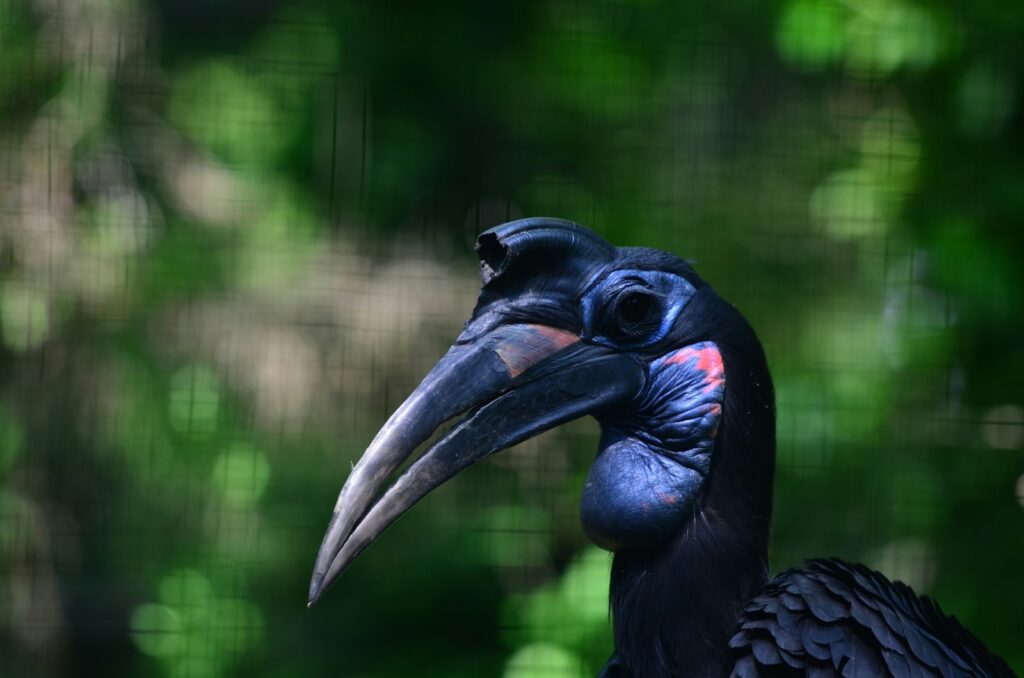
Proper management of exotic pet waste requires attention to both sanitation and potential zoonotic disease prevention. Always wear disposable gloves when handling waste materials from any exotic pet, as many species can carry Salmonella, E. coli, or other pathogens transmissible to humans even when the animals appear perfectly healthy. Dispose of waste materials in sealed plastic bags, and if you’re composting substrate, only use materials from herbivorous animals that have tested negative for parasites. Clean all tools used for waste removal immediately after use with appropriate disinfectants, maintaining separate cleaning implements for each enclosure to prevent cross-contamination. When cleaning animal waste from surfaces, use a two-step approach—first remove the organic material completely, then apply disinfectant according to the manufacturer’s instructions for proper contact time. Be particularly vigilant with waste from reptiles, birds, and exotic mammals that might come in contact with food preparation areas or be handled by individuals with compromised immune systems, children under five, or elderly family members.
Minimizing Stress During Cleaning Procedures
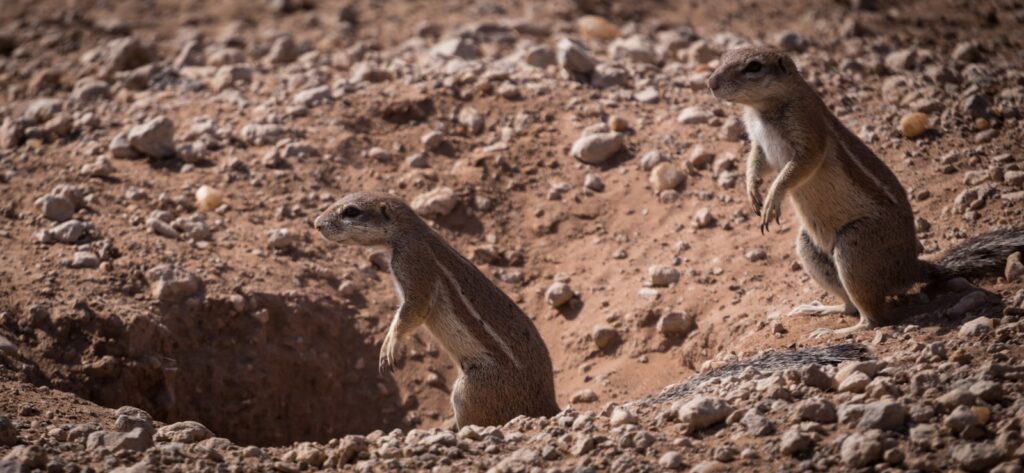
Exotic pets can experience significant stress during habitat maintenance if cleaning routines are performed improperly. To minimize this stress, establish predictable cleaning patterns that your pet can become accustomed to, ideally scheduling deeper cleaning during your pet’s natural periods of lower activity. For handling-averse species like many reptiles, amphibians, and invertebrates, utilize temporary enclosures with appropriate hide spots and temperature conditions while cleaning their primary habitat. Consider using divided enclosures for species that tolerate handling poorly, allowing you to secure the animal in one section while cleaning the other. Maintain some familiar scent cues by preserving a small portion of clean substrate or bedding from the previous setup, which helps the animal reestablish territorial comfort more quickly. Work efficiently but calmly, as rapid movements and loud noises can trigger stress responses in sensitive exotic species, and never rush through cleaning procedures at the expense of your pet’s emotional well-being. After returning your pet to its freshly cleaned habitat, minimize further disturbances for several hours to allow readjustment to the environment.
Seasonal Adjustments to Cleaning Routines
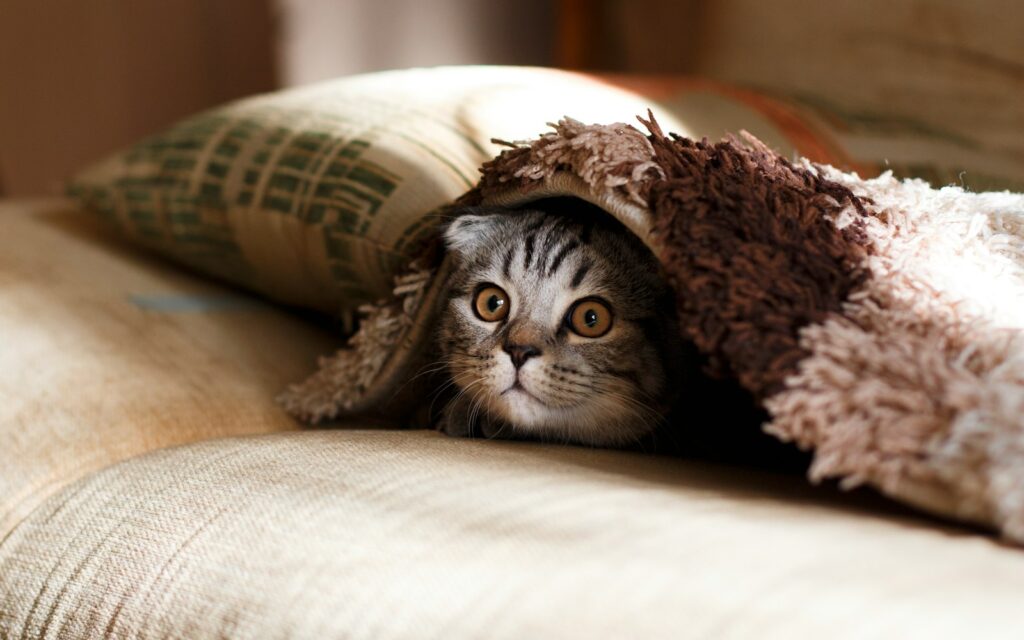
Adapting your cleaning protocols to accommodate seasonal changes is essential for many exotic pet species that experience natural biological cycles. During brumation or hibernation periods for certain reptiles, reduce the frequency of deep cleaning to avoid disturbing their lowered metabolic state, focusing instead on minimal-impact spot cleaning only when absolutely necessary. Conversely, during higher activity seasons or breeding periods, many species require more frequent cleaning due to increased feeding, territorial marking, or reproductive behaviors that generate additional waste. Humidity-dependent species may need substrate changes more often during naturally humid seasons to prevent mold growth, while semi-aquatic species might require different land-to-water ratios depending on seasonal behavioral changes. Monitor your exotic pet’s natural cycles throughout the year, documenting any patterns in waste production, shedding frequency, or activity levels that might indicate a need to adjust your cleaning schedule accordingly. This responsive approach to maintenance ensures your cleaning routine supports rather than disrupts your pet’s natural biological rhythms and behavioral needs.
Troubleshooting Common Cleaning Challenges
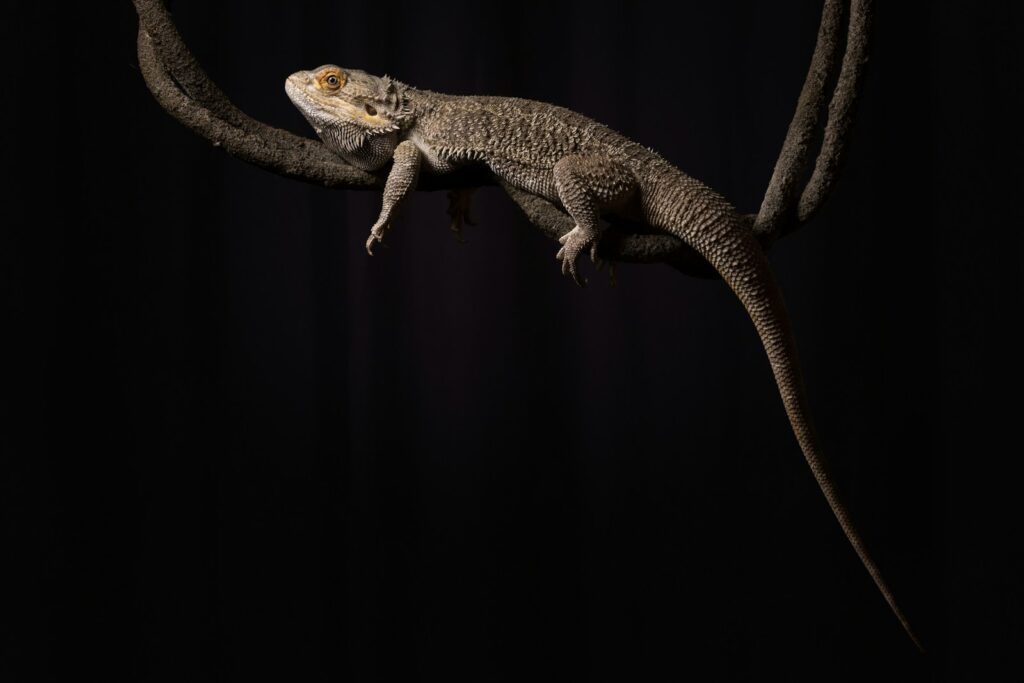
Even with established cleaning routines, exotic pet owners often encounter persistent challenges that require creative solutions. For enclosures with persistent odor issues despite regular cleaning, consider upgrading substrate quality or incorporating odor-absorbing materials like activated charcoal beneath the primary substrate layer. Stubborn calcium deposits from water features or reptile waste can be effectively removed using a vinegar solution applied with a toothbrush, allowing it to sit for several minutes before scrubbing. For climbing species that soil vertical surfaces, apply a thin layer of petroleum jelly at the top of glass walls to discourage climbing, or install easily-removable background materials that can be regularly cleaned. Enclosures with complex decorations or multiple hiding spots may benefit from a quarterly “rotation cleaning” system, where you maintain multiple sets of decorations and rotate them out completely during cleaning, allowing thorough disinfection without leaving your pet’s habitat barren. For pets that mark territory extensively, consider preserving small portions of their scent markers in sealed containers during cleaning, then reintroducing these familiar scents to reduce stress and prevent excessive remarking behaviors.
Creating an Effective Cleaning Schedule and Maintenance Log
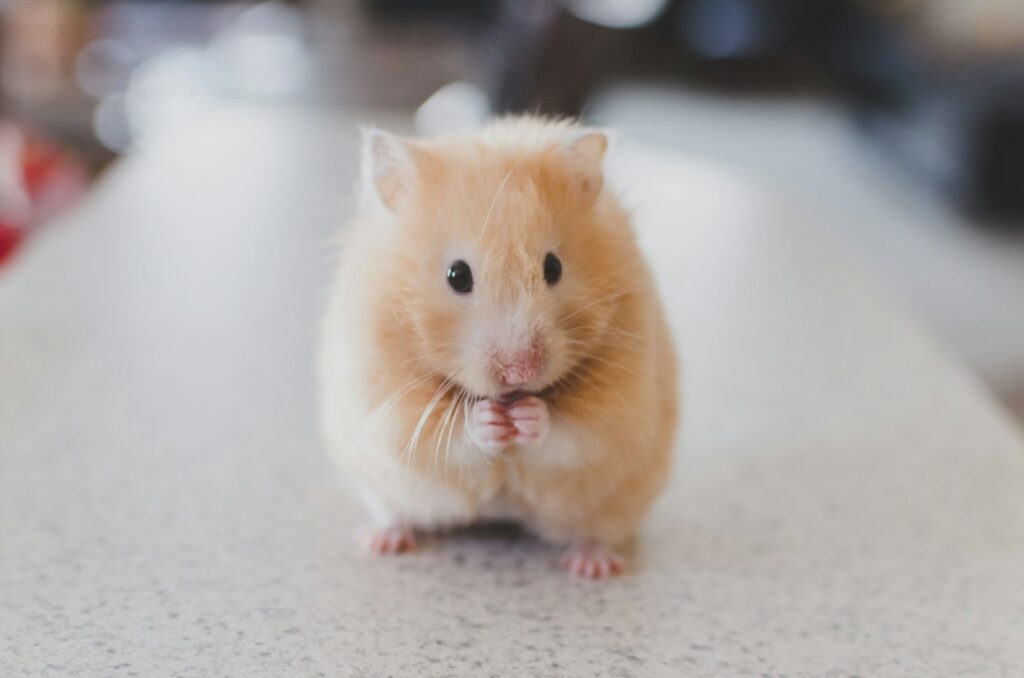
Developing a comprehensive tracking system transforms sporadic cleaning into a consistent, effective routine that supports your exotic pet’s health. Create a detailed calendar or digital reminder system that distinguishes between daily spot cleaning, weekly maintenance tasks, and monthly deep cleaning procedures for each exotic pet enclosure. Implement a written maintenance log where you record observations about waste patterns, behavioral changes during or after cleaning, product effectiveness, and any health concerns that might correlate with habitat maintenance. This documentation becomes invaluable for identifying patterns and optimizing your approach over time, particularly for pets with seasonal behavioral changes or complex environmental needs. Include sections in your log for tracking water parameters for aquatic species, substrate condition assessments, and humidity level monitoring for moisture-sensitive pets. Many experienced exotic pet owners find that maintaining a cleaning supply inventory as part of their log ensures they never run out of essential products, while also providing a convenient place to record dilution ratios for cleaning solutions and contact times for disinfectants specific to each habitat type.
Conclusion
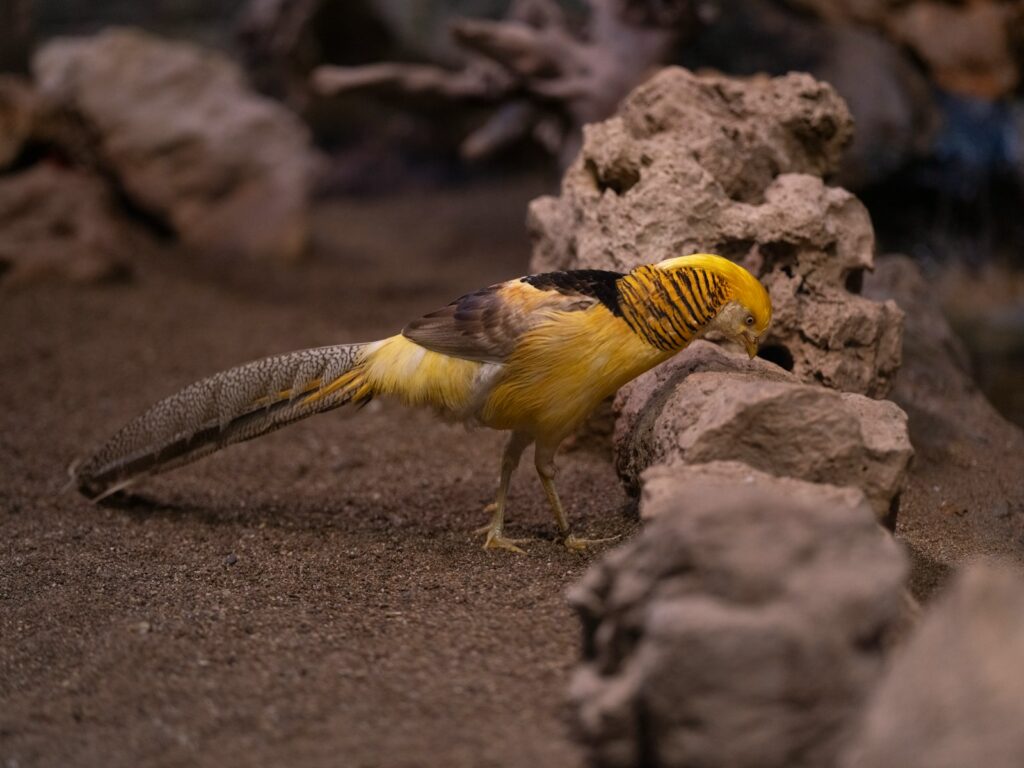
The art of maintaining exotic pet enclosures lies in striking the perfect balance between sanitization and preservation of a naturalistic environment. While cleanliness is undeniably important, overly sterile conditions can be just as detrimental as neglected habitats for many exotic species that rely on environmental microbiomes and familiar scent markers. The most successful cleaning routines are those tailored specifically to your pet’s species, individual needs, and natural behaviors, adjusted continuously based on observation and response. Remember that your goal isn’t to create a perpetually pristine display, but rather a healthy, functional ecosystem that supports your exotic companion’s physical and psychological wellbeing. By implementing species-appropriate cleaning techniques, using safe products, maintaining consistent schedules, and remaining attentive to your pet’s responses, you create the foundation for a thriving environment. This thoughtful approach to habitat maintenance not only prevents disease but also strengthens the bond between you and your extraordinary pet through the provision of attentive, informed care.




